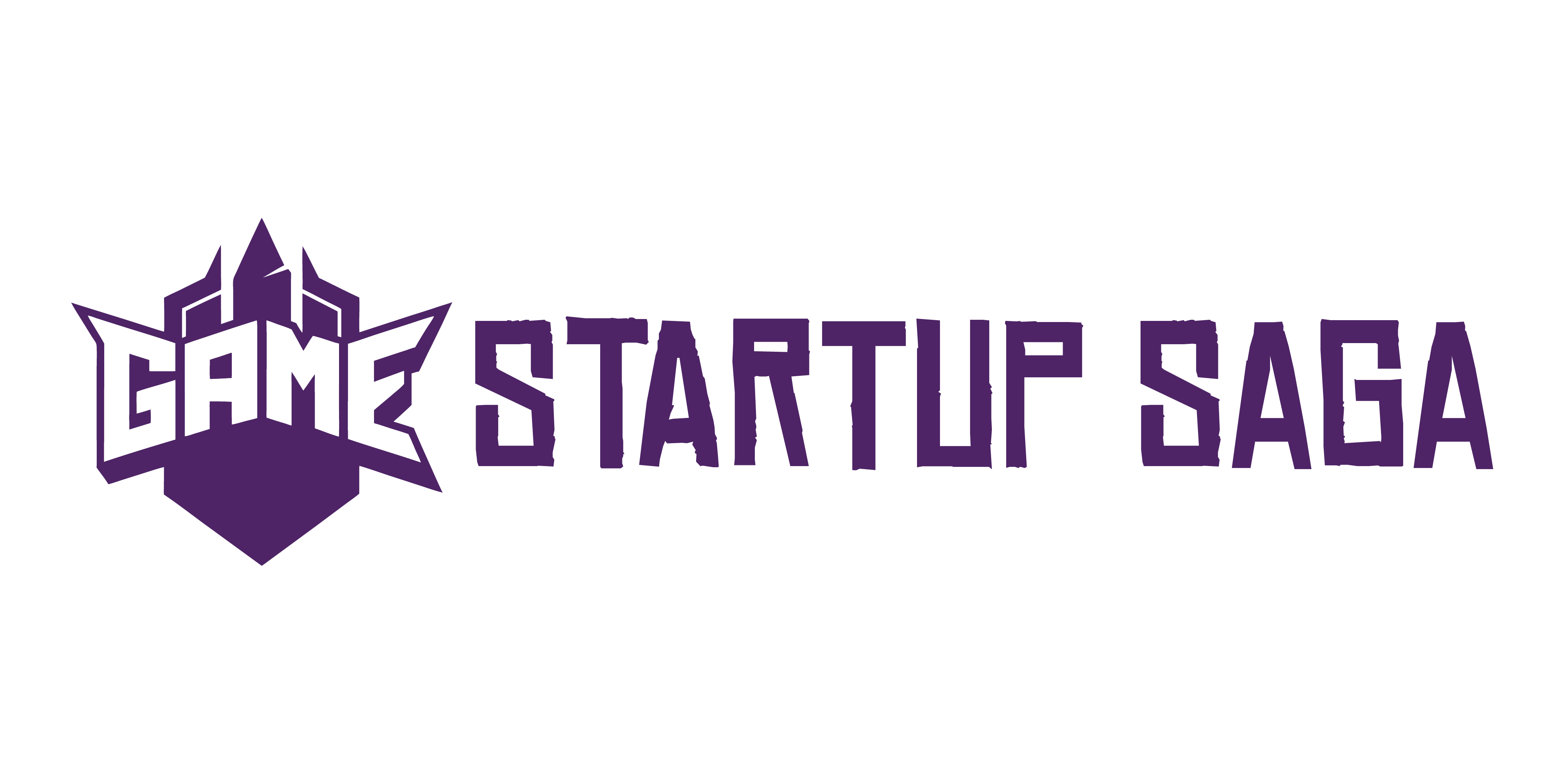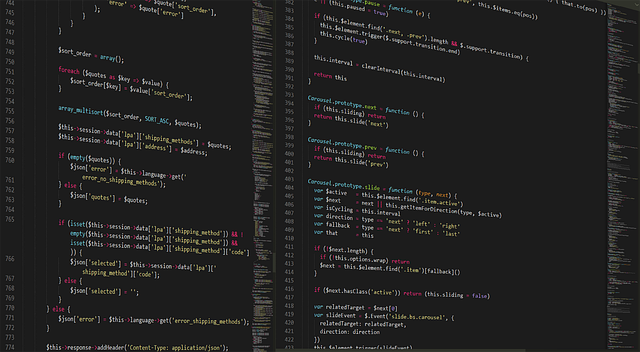Why Player Feedback Is Mission-Critical
Games live or die by their players—period. No amount of polish, budget, or hype can save a title if the player base bails. In an industry crowded with releases and endless options for attention, keeping players engaged isn’t optional—it’s survival.
That’s why community input is more powerful now than it’s ever been. Whether you’re building a cozy indie sim or a sprawling multiplayer shooter, raw feedback from players is a direct line to what’s working and what isn’t. And it’s not just about fixing bugs. Gamers want to feel heard. They want to shape the direction of what they’re investing time in. The studio that listens—wins.
Real-time feedback loops close the gap between developer and player. Updates go out faster. Mechanics improve based on actual use, not assumptions. Engagement soars when players see their contributions reflected in-game. In short, feedback fuels iteration, and iteration builds better games. It’s not just good practice—it’s mission-critical.
Key Feedback Sources (And How to Use Them)
Successful game development doesn’t rely on instinct alone—it thrives on understanding what players are actually doing, saying, and needing. In gathering quality feedback, the key lies in knowing where to listen, how to interpret, and when to act. Here’s a breakdown of the most valuable sources of player feedback—and what to watch out for.
In-Game Analytics: The Unbiased Truth
Data doesn’t lie, and in-game behavior reveals insights that players themselves might not articulate. From drop-off points to heat maps, usage patterns help uncover what works—and what doesn’t.
- Track engagement metrics: session length, progression stats, activity loops
- Monitor friction points: where players quit, get stuck, or disengage
- Use A/B testing to fine-tune features before full rollout
Tip: Identify trends in behavior, not just isolated stats. One frustrated player may be an outlier—but 60% quitting after level 2 is a design problem.
Social Media and Forums: The Loud vs. the Useful
Open platforms like Reddit, Discord, and Twitter/X are powerful channels—if you know how to separate signal from noise.
- Look for recurring issues, not just viral complaints
- Identify community advocates who offer consistent, constructive input
- Watch how feedback evolves after updates or patches
Warning: The loudest voices aren’t always the majority. Vocal users can skew perception, so balance anecdotal claims against broader data sources.
User Reviews and Playtests: Real-Time Insight
First-hand, experiential feedback can shine a light on emotional tone and usability that raw data misses.
- Categorize reviews (positive vs. critical) by theme: UI, mechanics, pacing, etc.
- Use playtests across different experience levels (new, mid, veteran players)
- Look beyond ratings to actual language used—emotion often signals long-term loyalty or churn risk
Best Practice: Record playtest sessions and observe silently; behavior often reveals more than what players say.
Community Surveys: Quality Over Quantity
When done right, surveys offer structured insights—but the key is asking smarter, not more, questions.
- Include open-ended questions for qualitative depth
- Limit survey fatigue by keeping forms short and focused
- Use branching logic to dig deeper into specific subgroups (e.g., players who stopped playing vs. daily actives)
Pro Tip: Always share a summary of results with your community. Transparency builds trust and encourages future participation.
By strategically listening across channels, developers can dodge guesswork and make decisions grounded in real-world insight—not reactionary noise.
Turning Feedback into Action
Getting feedback is the easy part. Doing something useful with it is where the real work begins. For most dev teams, that means building feedback into the development pipeline—not just checking Discord for hot takes. This starts with structure: assigning ownership, logging issues at the right fidelity, and making sure the data doesn’t just sit unread in a spreadsheet.
One solid approach? The triage method. Think of it like an emergency room for player input. You sort incoming feedback into three buckets: wishlists (nice-to-haves), bugs (must-fix), and deal-breakers (stuff that’s hurting retention or fun). This makes it easier to prioritize without getting overwhelmed—or derailed by every Reddit post.
Still, even the best triage won’t fix a deeper tension: your creative vision versus the community’s expectations. Every change has to pass the gut check—does it align with what the game is trying to be? Sometimes the answer is ‘no,’ and that’s okay. You’re building with players, not just for them.
Finally, let’s talk speed. Fast iteration matters, but burnout kills games (and dev teams). The key is establishing lean feedback loops. Tighten the cycle: test, learn, improve, repeat. But know when to pause, breathe, and zoom out. Sustainable momentum beats crash sprints every time.
Case Studies: When Listening Changed the Game
Some of the biggest wins in game development weren’t part of the original plan. Indie studios, in particular, have a knack for mid-development pivots that pay off. Take “Hades” by Supergiant Games—early access feedback didn’t just polish the mechanics, it reshaped the game’s storytelling depth and pacing. Or “Slay the Spire,” which turned into a genre-defining deckbuilder thanks to a community that relentlessly tested, broke, and rebuilt its core loop.
On the AAA side, the lessons haven’t always landed softly. “No Man’s Sky” launched to backlash, but Hello Games quietly listened, iterated, and updated over time. Today, it sits as a case study in redemption through sustained community input. Contrast that with “Anthem,” where EA’s slow response to early criticism and lack of transparent updates damaged trust and ultimately killed momentum.
Early adopters—the die-hards who jump in during alphas, betas, or even crowdfunding stages—are proving essential. Their testing isn’t just technical; it’s cultural. They flag what feels off, what doesn’t stick, and what could be better. When studios invite these voices in early and often, they don’t just get fewer bugs—they get better games.
Smart developers aren’t treating feedback as noise—they’re treating it like pre-launch gold. You listen, you adapt, or you watch players walk.
Common Feedback Pitfalls to Avoid
The instinct to listen is good. The urge to act on everything you hear? Not always.
Game devs can get sidetracked by loud voices. A protest thread on Reddit or a spicy tweet might not reflect the experience of 98% of your player base. React too quickly, and you start shaping your roadmap around edge cases instead of real trends. That’s how you end up with feature bloat—systems nobody asked for, or fixes that create more problems than they solve.
Trying to please everyone is a fast way to make your game forgettable. You’ll water down good ideas until what’s left is bland and conflicted. And if you go public too early with promises based on thin feedback, those pledges can boomerang. Miss a deadline or walk back on a feature, and the trust damage is hard to patch.
And the quiet players? They’re the ones you really need to watch. The majority won’t tell you why they stopped playing until it’s too late. They’re not in your forums, they’re just gone. Data and retention metrics will tell their story—if you’re paying attention.
Avoid the trap: listen broadly, act strategically.
Closing Notes: Build With, Not For, Players
Co-Creation vs. Outsourcing Design
Successful game development today hinges on collaboration with players—not simply building behind closed doors. Co-creation invites players to be part of the journey, giving them a stake in the game’s evolution. This collaborative mindset fuels deeper investment and more authentic engagement.
Key differences between co-creation and outsourcing design:
- Co-creation: Players provide feedback, ideas, and testing input, but developers guide the overall vision.
- Outsourcing design: Developers overly rely on external opinions, often at the expense of the game’s core identity.
The strongest games are shaped by a dialogue—not a dictatorship and not a directionless poll.
Transparency Builds Long-Term Loyalty
Players don’t expect perfection—they expect honesty. The studios that earn lasting loyalty are those that communicate clearly, own their mistakes, and keep players in the loop.
Best practices for building trust:
- Share early prototypes and roadmaps
- Acknowledge player contributions and community concerns
- Be honest about delays, changes, and limitations
Small acts of transparency can build a large reservoir of goodwill.
Feedback Is a Strategic Asset
Too often, feedback is treated like a troubleshooting tool. While it’s certainly useful for fixing bugs or rebalancing mechanics, the highest-performing teams use feedback to drive strategic decisions about content, pacing, monetization, and even narrative direction.
Strategic uses for player feedback:
- Identifying underserved player segments
- Testing feature viability before full production
- Spotting long-term loyalty drivers hidden in player comments
Treating feedback as a growth lever—not a burden—can dramatically increase retention and player advocacy.
Related Read: Best Practices for Successful Game Development




